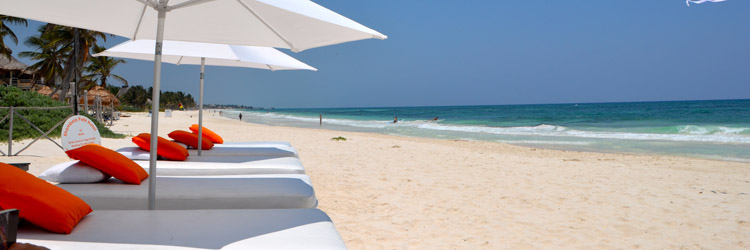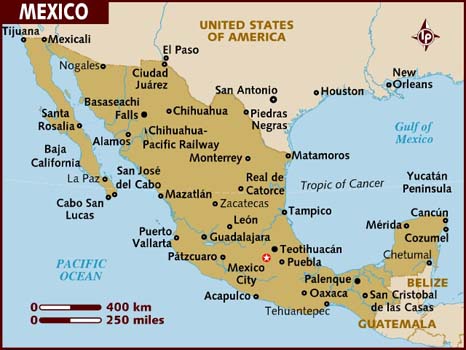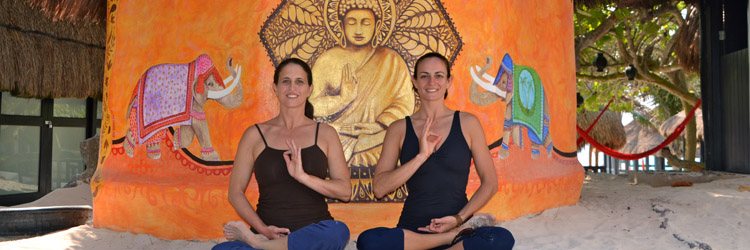
- Team
- Purpose
- Destinations
- ~ ~ ~
- Global Destinations
-

Away Inward Retreats is an international health and wellness retreat company with a focus on adventure, culture and internal awareness. Our 501c3, The Away Inward Foundation, supports children around the globe.
-
- India
-

India is a living paradox uniquely embued with culture and charm. The rich colors and scents, paint and perfume the landscape and busy streets. The sights and sounds reveal the essence of the Far East where all is sacred and the land itself is Holy.
-
- Bali
-

Bali is the perfect blend of artisanry and devotion. Temples are tucked beautifully into tropical forests dripping with greenery and running waters. From the food to the people, this retreat will leave you refreshed and with a new perspective.
-
- NEW ZEALAND
-

NZ may have the most dramatic topography anywhere. Rugged mountains and morning clouds leave you feeling far from home. The turquoise lakes and rivers will take your breath away. Not to mention - this is some of the best hiking in the world. Bring your camera!
-
- Peru
-

From Machu Picchu and the ancient ruins to the shamans and altomasayacs, Peru continues to share the wisdom of the Inkas as well as their first three principals of the Andean way: harmonic action (llank’ay), unconditional love (munay) and transcendental wisdom (yachay). #BucketList
-
- Mallorca
-

The turquoise waters and jutting limestone of this Mediterranean island offer the perfect backdrop to immerse yourself in nature. Join us at The Ashram Mallorca for the hiking week of your life. We will explore the majestic trails of the island and our own inner landscape. You have 10 weeks to choose from.
-
- FRANCE
-

From the Alps and edible plants, to the Riviera, France is one of the loveliest places on earth. A perfect place to retreat for wellness or summit Mount Blanc, to hike from hilltop to Sea, and to enjoy the fabulous gastronomy and herbs. The entire country is an adventurers dream.
-
- Mexico
-

Tulum is a freedom lovers paradise where the great ocean invites surrender and play. The wide canvas of blue sky and billowing clouds entice magical sunsets ripe for contemplation. We will scuba dive and climb Mayan monuments, we will meditate and rejoice.
-
- Nepal
-

Kathmandu dates back to the beginning of time. From the rich history and architecture to the amazing people, Nepal is a magical place to visit. We trek the Himalayas, visit markets and squares and explore our own inner beauty. The villages we encounter are beyond charming. And the people will leave an impression on you for life.
-
- Bhutan
-

We will visit the monastery of the mythical "Thunder Dragon", a flying lioness who delivered Rinpoche here on her back to clear demons from the Paro Valley. This is the famous Tatsang Monastery, one of the most influential in Bhuddism.
-
- Tibet
-

It is currently a sad state of affairs for the Tibetan people. Oppression is obvious. Visiting and spreading awareness is the best effort we can make. Tibetans are super sweet people with strength of soul and a vision for their survival.
-
- Upcoming Retreats
-

Beyond our annual retreats we supplement the year with one-off adventures around the world. Whether we are scuba diving in Mexico or picking our lunch in France, there is always an amazing journey on our calendar. We invite you to join our newsletter to be the first to know what is next!
-
- Private Retreats
-

It is always fun to travel with the ones you love. Be it an anniversary or special birthday or just a reason the get the whole family together, AIR will take care of you the whole way through. Utilize our wellness program and cultural insight to create the getaway of your life. There are no limits.
-
- Impact
- Gallery
- Market
- Contact
- Donate
Carribean Scuba Dive Adventure


This week on the sun-drenched sands of Tulum, Mexico is the perfect way to shed the winter chill and prepare for spring. Each day you will enjoy yoga and meditation, amazing meals, cultural exploration,scuba diving, and relaxation on the white sand beaches. You will visit ancient Mayan Ruins, swim in cenotes and dive in the warm water’s that behold theworld’s 2nd largest reef, The Great Mayan Reef. Yourbeautiful eco-sensible cabana is set upon the gorgeous coastline and will ease you into a rhythm of peace and calm as you fall asleep to the waves lapping upon the shore.
~Dive into the crystal blue waters of the Mayan Riviera.
Explore the depths of your breath with empowering and devotional yoga andpranayam.
Reconnect with Spirit and community.
Find yourself in PARADISE! ~
Tulum is one of the most beautiful places on the planet, a true paradise. The Mayan Riviera is home to the famoussoft white sand beachesand crystal clear turquoise blue water,fresh watercenotes, world-renownedruins along the coast and in the jungle, and small pueblo culture. This is a traveler’s paradise for tourists from around the world. Tulum is the perfect place to combine total relaxation and never-ending adventure. This quiet section of the Caribbean coast offers perfect access to diving, ruins, and the centoes.
Scuba diving in Tulum is a once in a lifetime experience because it is the only place in the world where you can reef, cave, and cenote dive in just one day. The water in this part of Mexico is remarkably clean and teeming with marine life. It is important to note that even those with no scuba diving experience can dive in Tulum.We will offer options to get PADI certified. With 1000 kilometers of coral reef, The Great Mayan Reef is anepic dive site with a widevariety of fish, algae, corals and other sea animals that can be found living in this astounding playground.
Tulum is known for its unique cenotes; Mother Nature's own natural phenomena. The crystalline fresh water pools are immersed in history and Mayanritualas they have provided freshwater to the land inhabitants for millennia. Thecenotes have beencarved by timeto create a vast network of subterranean aquatic caves in the stone. The result is a labyrinth filled with fresh spring water and has become a diver's playground. 36 cenotes are connected by more than 42 miles of underwater caves that plungeto depths of more than 230 feet.
The Mayan ruins will bea precious and spectacularhighlight to your visit as we journey through the Yucatan region. Of all the Mayan ruins, the CobaRuinas are the most significant. We will visit Coba, which translates to‘murky waters’, andrepresents the five lakes in the Yucatan. The major attraction in Coba is the NohochMul, which houses the highest Mayan pyramid in the Yucatan. We will also visit the Tulum ruins which are located right on the waters edge and deliver picturesque views of the past.
One evening you will experience a Temazcal, also known as temazcalli, a traditional native Mexican American purification ceremony. It's similar to the sweat lodge, or inipi, of the Lakotas in the western United States. Temazcal is a spiritual ceremony conducted within a hot vapor bath inside a brick dome. These ceremonies work with the elements of fire, water, and prayer to purify and are said to cure or relieve symptoms of many ailments including physical, mental or emotional illnesses as well as reconnect people to their hearts and spirit.
Who Knew?
The Cenotesoriginated during the mass extinction event that occurred 65 million years ago. An asteroid the size of San Francisco, traveling at almost 18 miles per second, hurtled from deep space, smashing into the Yucatan Peninsula near the Gulf of Mexico. Molten rock, ash and other ejected debris were flung into the upper atmosphere, darkening our entire planet. It is now widely accepted that this collision, either on its own or in concert with other events, led to the demise of the dinosaurs. Luckily, many early mammals, among them human ancestors, survived the disaster. The impact caused the thick limestone bedrock of the Yucatán to vaporize and release its stored carbon dioxide, resulting in uniquely fissured, porous rock. Over subsequent millennia a combination of natural phenomena — including rainwater corrosion, water table decline during the ice age and flooding — carved a vast network of subterranean aquatic caves in the stone and later exposed them to the world. The resulting labyrinth filled with fresh spring water and has now become a diver's playground.
Insights
- Duration: 7 Days
- Location: Tulum, Mexico
- Elevation: Sea Level
- Trekking: no
- All In: $3000 USD
- Deadline: Jan 1st
Highlights
- Scuba diving
- Mayan Ruins: Coba and Tulum
- Yoga and meditation
- Temezcal
- Zip Line
- Cenotes
- Sun Bathing
- Beach walks
- Optional: Snorkeling, Kite boarding, Massage and spa treatments, PADI Certification
- Distance: US 6000 Miles
- CO2: US .8 MTonnes
- Cost to Offset: $20
How we help!
Carbon 'Flight'print

